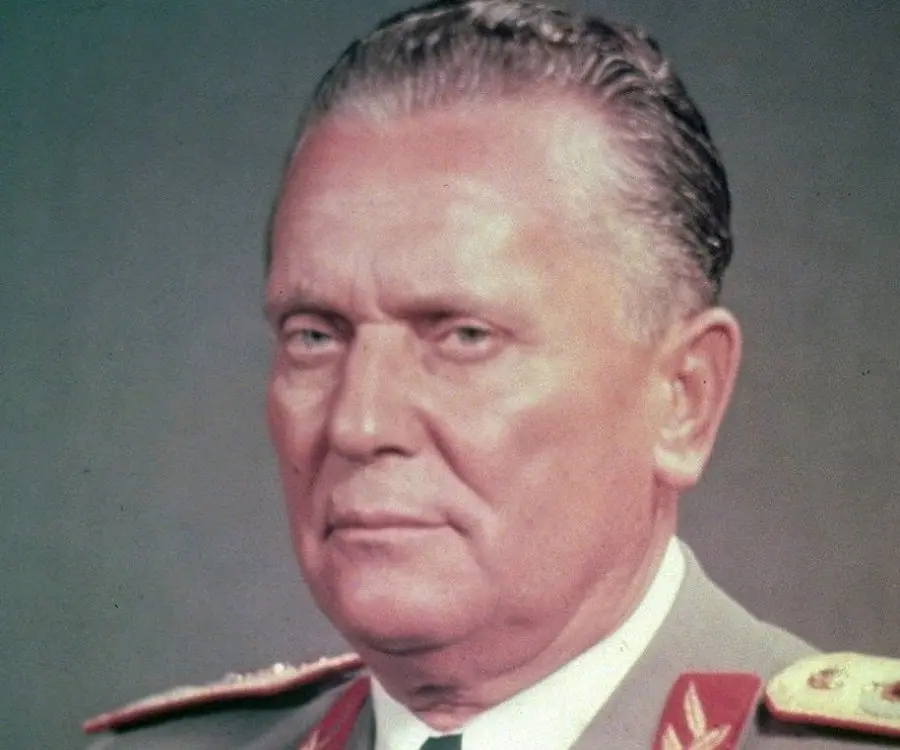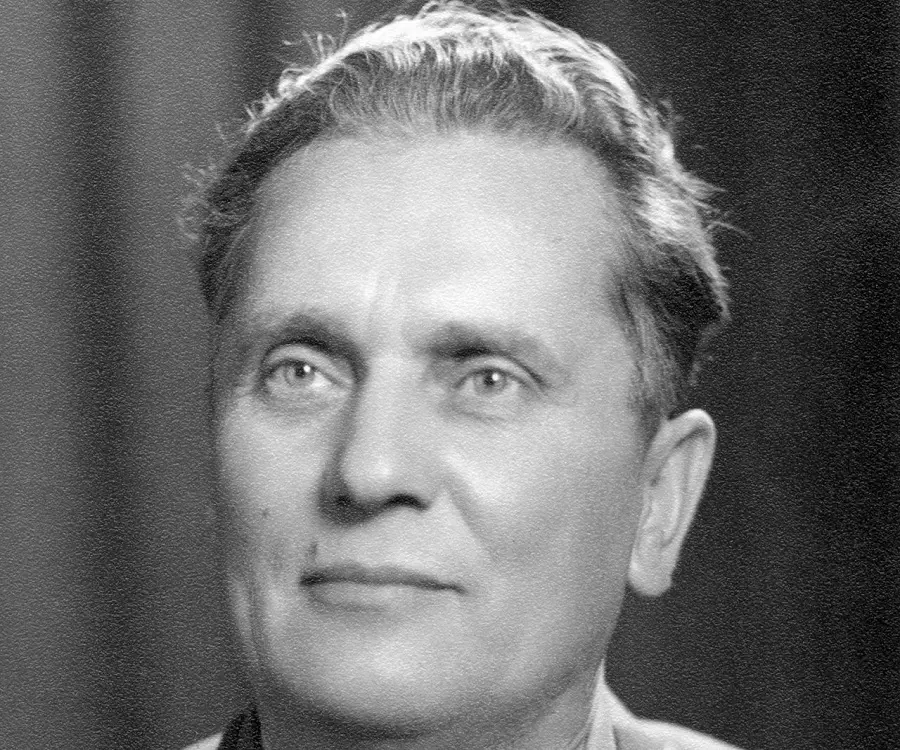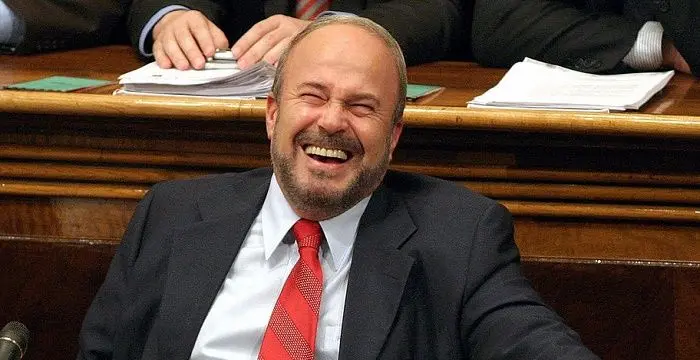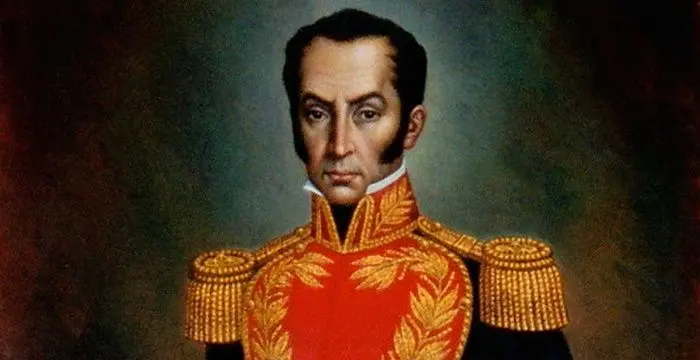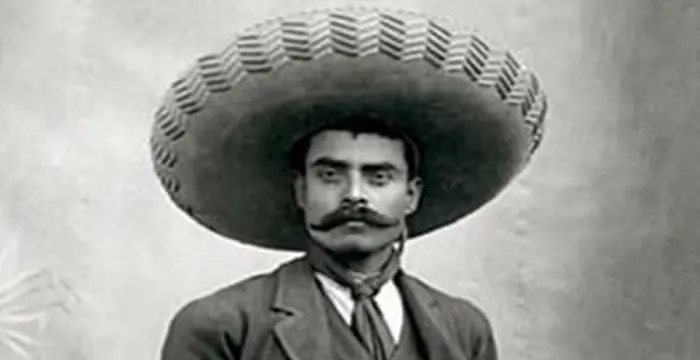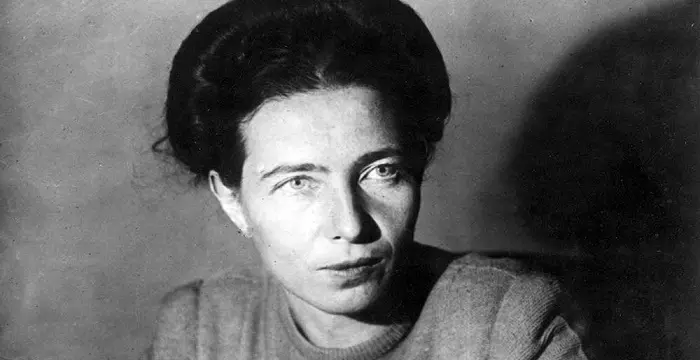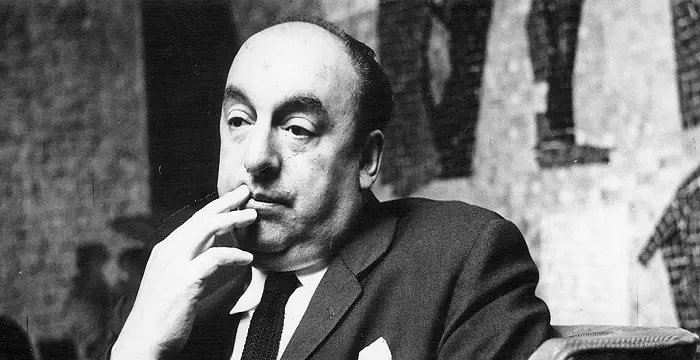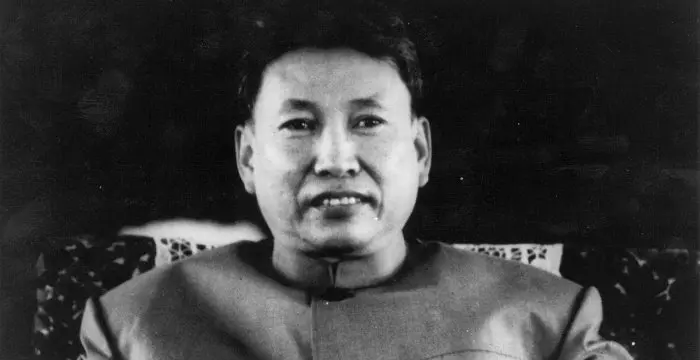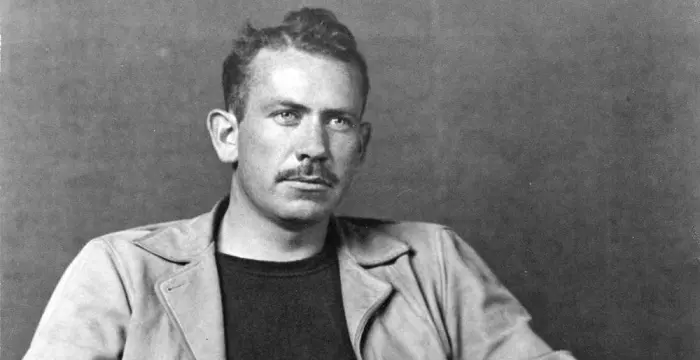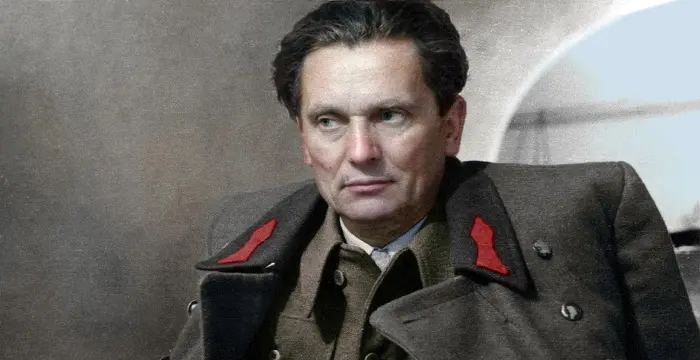
Josip Broz Tito - Prime Ministers, Life Achievements and Family
Josip Broz Tito's Personal Details
Josip Broz Tito was the powerful revolutionary leader of Yugoslav Partisans
| Information | Detail |
|---|---|
| Birthday | May 7, 1892 |
| Died on | May 4, 1980 |
| Nationality | Yugoslav |
| Famous | Communists, Leaders, Political Leaders, Revolutionaries, Presidents, Prime Ministers |
| Ideologies | Communists |
| Spouses | Herta Haas (m. 1940–1943), Jovanka Broz (m. 1952–1980), Pelagija Broz (m. 1919–1939) |
| Siblings | Martin |
| Childrens | Mišo Broz |
| Birth Place | Kumrovec |
| Political Ideology | League of Communists of Yugoslavia (SKJ) |
| Gender | Male |
| Father | Franjo Broz |
| Mother | Marija Javeršek |
| Sun Sign | Taurus |
| Born in | Kumrovec |
| Died at Age | 87 |
// Famous Leaders
Edi Rama
Edi Rama is the current Prime Minister of Albania. Check out this biography to know about his childhood, life, achievements, works & timeline.
Tecumseh
Tecumseh was a Native American leader of the Shawnee clan. This biography profiles his childhood, life and timeline.
Khalifa bin Zayed Al Nahyan
Sheikh Khalifa bin Zayed Al Nahyan is the current President of the United Arab Emirates (UAE). Check out this biography to know about his birthday, childhood, family life, achievements and fun facts about him.
Josip Broz Tito's photo
Who is Josip Broz Tito?
Josip Broz Tito was a popular statesman, who served as a Yugoslav Partisan, which was Europe’s most effective anti-Nazi resistance movement. Despite being an outright authoritarian and dictator, he was loved by all for his successful economic and diplomatic policies. He was popularly called the architect of ‘second Yugoslavia’, a socialist federation which initiated from World War II until 1991. During his term, he took on various prominent roles, starting with being a Secretary-General and later president of the Communist Party of Yugoslavia from 1939-80, Supreme Commander of the Yugoslav Partisans from 1941-45 and the Yugoslav People’s Army from 1945-80. He served as a Premier from 1945-53, Marshal from 1943-80, and President of Yugoslavia from 1953 until his death in 1980. What made him different from other communist leaders was the fact that he defied the norms set by the Soviet and instead preferred to lead Yugoslavia on road to socialism. During the latter half of his life, he became an arch supporter of non-aligned movement and its first Secretary General in 1961. To know in details about his life, scroll further.
// Famous Prime Ministers
Edi Rama
Edi Rama is the current Prime Minister of Albania. Check out this biography to know about his childhood, life, achievements, works & timeline.
Leo Varadkar
Cam Leo Varadkar is the current Taoiseach—the Prime Minister—of the Republic of Ireland. Check out this biography to know about his childhood, family life, achievements and other facts about his life.
Fatos Nano
Fatos Nano is an Albanian politician who served as Prime Minister of Albania for several times. Check out this biography to know about his childhood, life, achievements, works & timeline.
Childhood & Early Life
Josip Broz was the seventh child of the couple Franjo and Marija Broz. While his father was a Croatian, his mother belonged to Slovene.
Young Broz enrolled at a primary school in Kumrovec in 1900 and completed his early education in 1905. Two years henceforth, he moved to Sisak to train himself as a machinist’s apprentice.
Upon completing his training, he joined the Social Democratic Party of Croatia and Slavonia. In the following years, he worked as a metallurgy worker for various organizations in Kamnik, Cenkov, Munich, Mannheim and Austria.
In 1913, he was inducted in the Austro-Hungarian army. After completing a non-commissioned training, he was appointed as a sergeant in the war against Serbia in 1914.
His heroic antics earned him the status of Sergeant Major in the Austro-Hungarian Army. In 1915, he was transferred to the Russian front, where he fought ceaselessly before being wounded and captured by the Russian army.
After being medically treated, he was sent to the prisoner-of-war camps. However, his tenure at the prison did not last long and soon attained freedom in 1917 when revolting workers broke into the prison.
He actively participated in the Bolshevik propaganda and July Days demonstrations in Petrograd. Though arrested yet again, he soon freed himself and escaped to Omsk, Siberia, where he joined the Red Guard unit following the October Revolution.
In 1920, he moved to his native place, Croatia, which had become part of the newly established Kingdom of the Serbs, Croats, and Slovenes.
Career
Returning to Yugoslavia, he joined the Communist Party, which won the 1920 elections gaining 59 seats. However, a state ban against communist activities led him to relocate to Veliko Trojstvo where he found work as a machinist.
In the years to come, he took up various jobs finally being appointed secretary of Metal Workers' Union of Croatia in Zagreb. Meanwhile, he continued to function as communist party member, reviving his links and working underground.
In 1928, he finally took up the position of Zagreb Branch Secretary of CPY. Assuming the post, he carried out various anti-government activities in the form of street demonstrations and the like.
His activities against the authorities did not last long and he was arrested and imprisoned for five years. However, all through the trial he portrayed a courageous demeanour which won him respect of party members.
It was in the jail that he met Moša Pijade, who became his ideological mentor. Also, during this time, he took up the title of Tito. Upon his release, he moved to Vienna, and became a member of the CPY Politburo.
For a year from 1935 to 1936, he worked under the orders of CPY Secretary General Milan Gorkić in Soviet Union. Under his guidance, CPY became increasingly powerful and functional developing new ties with militants.
The death of Gorkic in 1937 led to his appointment as the CPY Secretary General. He formally assumed the role in 1939 and organized an underground minicongress in 1940. Attended by 7000 members, the congress discussed the leftist strategy that needed to be employed.
During the German invasion of Yugoslavia in 1941, CPY was the only organized and functional political group. Making most of the opportunity, he urged the people to unite fight against occupation.
He established a military committee within CPY and was appointed Commander in Chief. Under the national liberation struggle, he concealed the ultimate aim for seizure of power by CPY.
Establishing communist dominated liberation committees, his Partisans became a threat not just for the invaders but for the royal government-in-exile and its domestic exponents, the Serbian Chetniks of Dragoljub Mihailovic.
Being the only leader of the Yugoslavia resistance, the Allies recognized him and the Partisans at the Tehran Conference. A treaty was signed which led to the merger of his government with King Peter II’s government-of-exile.
Following the Treaty of Vis, King Peter urged the Yugoslavia nationals to come under Tito’s leadership failing which they would be called traitors. Tito was then recognized as the provisional Prime Minister of Yugoslavia, in addition to being Commander-In-Chief of Yugoslav forces.
In October 1944, the Soviet army aided by Tito’s Partisans liberated Serbia thereby sealing the fate of Yugoslav dynasty. By 1945, the Communist party emerged as the main controller of the Yugoslavia.
Gaining massive popular support, he earned the title of being the ‘liberator of Yugoslavia’. He attained overwhelming electoral victory thus becoming the Prime Minister and the Minister of Foreign Affairs. The country was renamed Federal People’s Republic of Yugoslavia.
His crucial role-play at liberating Yugoslavia led him to believe that the country could follow its own interest in contrast to other Bloc states that had to recognize Soviet as their guiding force.
Consolidating his powers, he formed a new constitution in November 1945 for the country. He conducted trials of all imprisoned collaborationists and opposition figures. He then aimed to develop relations with Albania and Greece, which Stalin disapproved.
The excess of imitation irked Stalin so much so that he strived to eliminate Tito from Yugoslavia leadership but without much success. The rift between the two led to Yugoslavia being cut off from the Soviet Union and the eastern European nations, and instead getting close to the Western nations.
Following the death of Stalin, he was conferred with two choices, either to continue his dictatorship and westward inclination or give up the same and reconcile with new Soviet leadership. However, his unique foreign and internal policies led him to sought ties with leaders of developing countries.
He made Yugoslavia one of the founding members of the Non Aligned Movement and established strong ties with the Third World countries. He was made NAM’s first Secretary General. The first meeting took place in Belgrade in 1961.
In 1963, he officially changed the name of the country to Socialist Federal Republic of Yugoslavia. He brought about various reforms in the country, giving people freedom of speech and religious expression.
In 1967, he abolished the need of visa thereby opening its border to foreign visitors. He also actively took part in promoting peaceful resolution in the Arab-Israeli conflict.
In 1971, he was re-elected as the President of Yugoslavia. Following his appointment, he brought about several constitutional amendments that decentralized the country by providing autonomy to the republics.
While the republics had control over education, healthcare, and housing sector, the federals were in charge of the foreign affairs, defense, internal security, monetary affairs, free trade within Yugoslavia and development loans to poorer regions.
In 1974, a new constitution was passed which made him the President for life. He, however, reduced his role in the daily functioning of the country but continued to travel abroad.
Awards & Achievements
For his outstanding contribution, he was conferred with numerous awards including 98 international decorations and 21 national decorations. The most notable award includes French Legion of Honour and National Order of Merit, the British Order of the Bath, the Soviet Order of Lenin, the Japanese Order of the Chrysanthemum, the German Federal Cross of Merit, and the Order of Merit of Italy.
Personal Life & Legacy
He married thrice in his life, first to Pelagija Broz, then Herta Haas and lastly to Jovanka Broz. In his life, he fathered four children Zlatica Broz, Hinko Broz, Žarko Leon Broz and Aleksandar Broz.
In 1979, he became increasingly ill. He was admitted to the Medical Centre in Ljubljana on several occasions between 1979 and 1980. He finally succumbed death on May 4, 1980.
His funeral was widely attended by statesman and politicians across the globe. He was buried in a mausoleum in Belgrade
Trivia
This revolutionary Yugoslavia leader became the President of the country in 1953, a position he retained until 1980.
// Famous Revolutionaries
Tecumseh
Tecumseh was a Native American leader of the Shawnee clan. This biography profiles his childhood, life and timeline.
Simon Bolivar
Simón Bolívar was a Venezuelan military leader who was instrumental in independence of several Latin American countries from the Spanish rule. This biography profiles his childhood, life, achievements and timeline.
Emiliano Zapata
Emiliano Zapata was a Mexican revolutionary leader and one of the most important figures of the Mexican Revolution.Check out this biography to know about his childhood, family life, achievements and other facts about his life.
Josip Broz Tito biography timelines
- // 7th May 1892Josip Broz was the seventh child of the couple Franjo and Marija Broz. While his father was a Croatian, his mother belonged to Slovene.
- // 1900 To 1905Young Broz enrolled at a primary school in Kumrovec in 1900 and completed his early education in 1905. Two years henceforth, he moved to Sisak to train himself as a machinist’s apprentice.
- // 1913 To 1914In 1913, he was inducted in the Austro-Hungarian army. After completing a non-commissioned training, he was appointed as a sergeant in the war against Serbia in 1914.
- // 1915His heroic antics earned him the status of Sergeant Major in the Austro-Hungarian Army. In 1915, he was transferred to the Russian front, where he fought ceaselessly before being wounded and captured by the Russian army.
- // 1917After being medically treated, he was sent to the prisoner-of-war camps. However, his tenure at the prison did not last long and soon attained freedom in 1917 when revolting workers broke into the prison.
- // 1920In 1920, he moved to his native place, Croatia, which had become part of the newly established Kingdom of the Serbs, Croats, and Slovenes.
- // 1920Returning to Yugoslavia, he joined the Communist Party, which won the 1920 elections gaining 59 seats. However, a state ban against communist activities led him to relocate to Veliko Trojstvo where he found work as a machinist.
- // 1928In 1928, he finally took up the position of Zagreb Branch Secretary of CPY. Assuming the post, he carried out various anti-government activities in the form of street demonstrations and the like.
- // 1935 To 1936For a year from 1935 to 1936, he worked under the orders of CPY Secretary General Milan Gorkić in Soviet Union. Under his guidance, CPY became increasingly powerful and functional developing new ties with militants.
- // 1937 To 1940The death of Gorkic in 1937 led to his appointment as the CPY Secretary General. He formally assumed the role in 1939 and organized an underground minicongress in 1940. Attended by 7000 members, the congress discussed the leftist strategy that needed to be employed.
- // 1941During the German invasion of Yugoslavia in 1941, CPY was the only organized and functional political group. Making most of the opportunity, he urged the people to unite fight against occupation.
- // Oct 1944 To 1945In October 1944, the Soviet army aided by Tito’s Partisans liberated Serbia thereby sealing the fate of Yugoslav dynasty. By 1945, the Communist party emerged as the main controller of the Yugoslavia.
- // 1945Consolidating his powers, he formed a new constitution in November 1945 for the country. He conducted trials of all imprisoned collaborationists and opposition figures. He then aimed to develop relations with Albania and Greece, which Stalin disapproved.
- // 1953 To 1980This revolutionary Yugoslavia leader became the President of the country in 1953, a position he retained until 1980.
- // 1961He made Yugoslavia one of the founding members of the Non Aligned Movement and established strong ties with the Third World countries. He was made NAM’s first Secretary General. The first meeting took place in Belgrade in 1961.
- // 1963In 1963, he officially changed the name of the country to Socialist Federal Republic of Yugoslavia. He brought about various reforms in the country, giving people freedom of speech and religious expression.
- // 1967In 1967, he abolished the need of visa thereby opening its border to foreign visitors. He also actively took part in promoting peaceful resolution in the Arab-Israeli conflict.
- // 1971In 1971, he was re-elected as the President of Yugoslavia. Following his appointment, he brought about several constitutional amendments that decentralized the country by providing autonomy to the republics.
- // 1974In 1974, a new constitution was passed which made him the President for life. He, however, reduced his role in the daily functioning of the country but continued to travel abroad.
- // 1979 To 4th May 1980In 1979, he became increasingly ill. He was admitted to the Medical Centre in Ljubljana on several occasions between 1979 and 1980. He finally succumbed death on May 4, 1980.
// Famous Communists
Simone de Beauvoir
Simone de Beauvoir was an eminent French writer, intellectual, activist, and philosopher. This biography profiles her childhood, life, thoughts, achievements and timeline.
Karl Marx
Karl Marx was a Prussian-German philosopher, revolutionary, historian and socialist whose communist ideologies and works laid the foundation for ‘Marxism’. Explore this biography to learn more about his childhood, life achievements, works & timeline.
Pablo Neruda
Pablo Neruda was a Chilean poet, politician and Nobel laureate. Go through this biography to learn more about his profile, childhood, life and timeline.
Pol Pot
Pol Pot was the Cambodian revolutionary who led the Khmer Rouge. This biography provides a glimpse of his childhood, career, profile and timeline.
Nikita Khrushchev
Nikita Khrushchev was a former Soviet premier. This biography gives detailed information about his childhood, life, achievements and timeline.
John Steinbeck
John Steinbeck was a celebrated American writer famous for his novel, ‘The Grapes of Wrath’. Read on for detailed information about his childhood, profile, career and timeline
Josip Broz Tito's FAQ
What is Josip Broz Tito birthday?
Josip Broz Tito was born at 1892-05-07
When was Josip Broz Tito died?
Josip Broz Tito was died at 1980-05-04
Where was Josip Broz Tito died?
Josip Broz Tito was died in Ljubljana
Which age was Josip Broz Tito died?
Josip Broz Tito was died at age 87
Where is Josip Broz Tito's birth place?
Josip Broz Tito was born in Kumrovec
What is Josip Broz Tito nationalities?
Josip Broz Tito's nationalities is Yugoslav
What is Josip Broz Tito ideologies?
Josip Broz Tito's ideologies is Communists
Who is Josip Broz Tito spouses?
Josip Broz Tito's spouses is Herta Haas (m. 1940–1943), Jovanka Broz (m. 1952–1980), Pelagija Broz (m. 1919–1939)
Who is Josip Broz Tito siblings?
Josip Broz Tito's siblings is Martin
Who is Josip Broz Tito childrens?
Josip Broz Tito's childrens is Mišo Broz
What is Josip Broz Tito's political ideology?
Josip Broz Tito's political ideology is League of Communists of Yugoslavia (SKJ)
Who is Josip Broz Tito's father?
Josip Broz Tito's father is Franjo Broz
Who is Josip Broz Tito's mother?
Josip Broz Tito's mother is Marija Javeršek
What is Josip Broz Tito's sun sign?
Josip Broz Tito is Taurus



